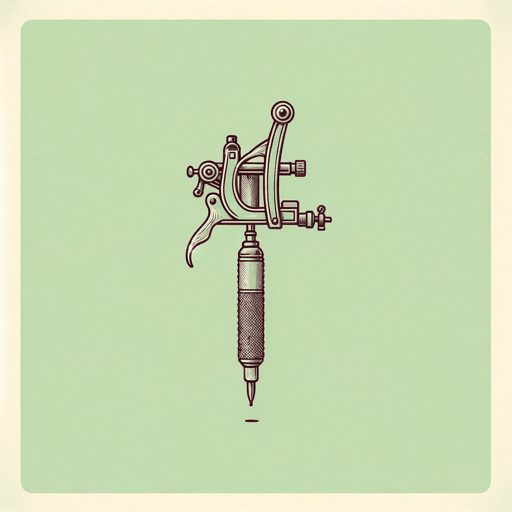24 pages • 48 minutes read
Roald DahlSkin
Fiction | Short Story | Adult | Published in 1960A modern alternative to SparkNotes and CliffsNotes, SuperSummary offers high-quality Study Guides with detailed chapter summaries and analysis of major themes, characters, and more.
Summary and Study Guide
Summary: “Skin”
British author Roald Dahl (1916-1990) is best known for his children’s books, many of which have been adapted into films. Novels like Charlie and the Chocolate Factory (1964) and Matilda (1988) typify the author’s whimsical yet grotesque style. Unexpected plot twists and a macabre atmosphere are also found in Dahl’s shorter works, such as “Skin,” one of Dahl’s 60 stories written for adults. Originally published in the May 17, 1952, issue of The New Yorker, “Skin” was later published in the collections Someone Like You (1953) and Skin and Other Stories (2000).
“Skin” is structured as a frame narrative, a story told within a story, and utilizes a third-person limited point of view. Foreshadowing, irony, and conflict develop themes such as Dehumanization and Objectification and The Great Divide. This analysis refers to the Puffin edition of Dahl’s collection Skin and Other Stories (2001).
The protagonist, Drioli, is an old man. As the story opens in 1946, he is hungry and cold, aimlessly wandering the streets of Paris. Drioli comes across a work of art in the window of an exclusive gallery and recognizes the artist’s name, Chaim Soutine. Soutine was a friend of his 30 years earlier, before World War I. The gallery is showing a special exhibition of Soutine’s work, and a plaque indicates that the artist died in 1943. Drioli finds it odd that he has not thought of his friend prior to seeing his art, yet now the memory returns with vivid clarity.
Drioli recalls “that nonsense with the tattoo” (3), an episode that occurred in 1913. After a long day working as a tattoo artist and making an unusually good profit, Drioli was tired but happy. He entered Soutine’s studio with several bottles of wine to celebrate. Drioli’s wife, Josie, was posing for Soutine, and Drioli praised his friend’s work. However, Soutine complained that he remained poor and could not eat his paintings. Together, the three of them consumed nine bottles of wine. Soutine asked Josie if she would leave her husband for him, but she refused. In a drunken state, Drioli had an idea: He suggested Soutine should paint and tattoo a portrait of Josie on his back. Though Soutine protested, Drioli insisted that he had the instruments and could teach Soutine within two minutes. Drioli was a skilled tattoo artist, adept at placing the ink so that his tattoos appeared to be an integral part of a person’s body. Josie rejected Soutine’s proposal to portray her nude. Once Soutine painted her image, Drioli showed him how to use the tattoo gun, tattooing a greyhound onto his own arm. Soutine then created an abstract tattoo of Josie on Drioli’s back and signed it above his friend’s kidney.
The vivid memory ends, and Drioli remains standing outside the art gallery. He recalls asking about Soutine on returning from World War I and learning an art dealer had summoned him to another part of France. The interwar period was happy and profitable for Drioli. However, during World War II, Josie died, and his business failed (as people no longer wanted tattoos). Now, the old man is too weary to start his business again and is forced to beg on the streets.
Drioli enters the gallery and is told to leave at once. The store owner tries to physically eject the old man, but Drioli stands his ground, asserting that he has a Soutine picture. He takes off his clothes to reveal the tattoo on his back. The gallery owner wants to buy the art from Drioli. He offers a large sum of money, but Drioli does not understand how a picture on skin can be bought. Another man wearing canary-colored gloves proposes a different offer. Claiming he owns a beach hotel in Cannes named Bristol, he vows to ensure Drioli is lavishly waited on for the rest of his life if he walks up and down the beach so that guests can admire the art on his back. The gallery owner counters this, suggesting that Drioli could undergo an operation to remove the tattoo and replace it with new skin. However, the hotel owner insists that the old man would not survive the operation. An anonymous voice in the crowd suggests that Drioli “might consent to kill himself on the spot” if offered enough money (20).
In the end, the stranger with the canary gloves invites Drioli to discuss the details of the deal over a duck dinner. Driven by hunger, Drioli agrees. Weeks later, a picture by Soutine “painted in an unusual manner […] and heavily varnished” goes on sale in Buenos Aires (21). The narrator adds that “there is no hotel in Cannes called Bristol” and speculates on Drioli’s welfare (21).
Related Titles
By Roald Dahl
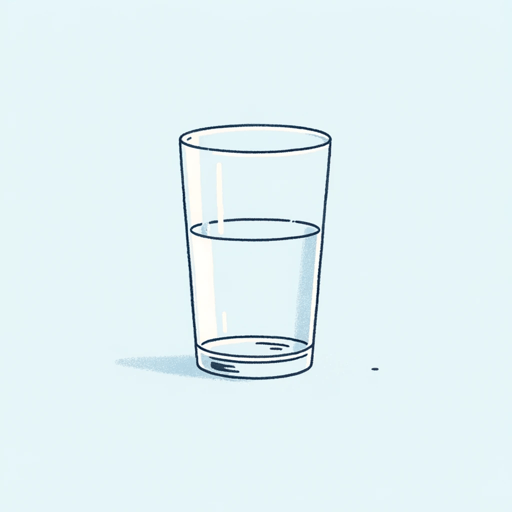
Beware of the Dog
Roald Dahl
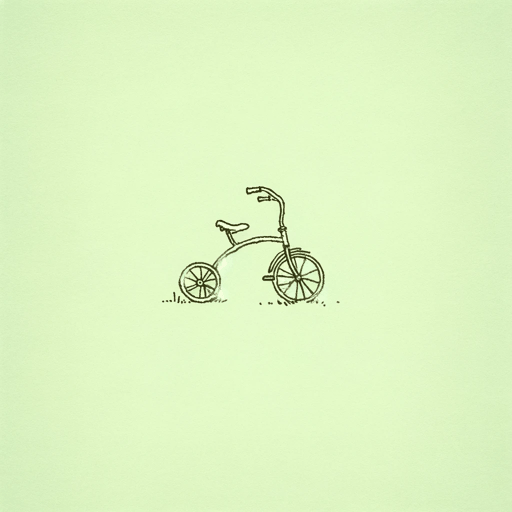
Boy: Tales of Childhood
Roald Dahl
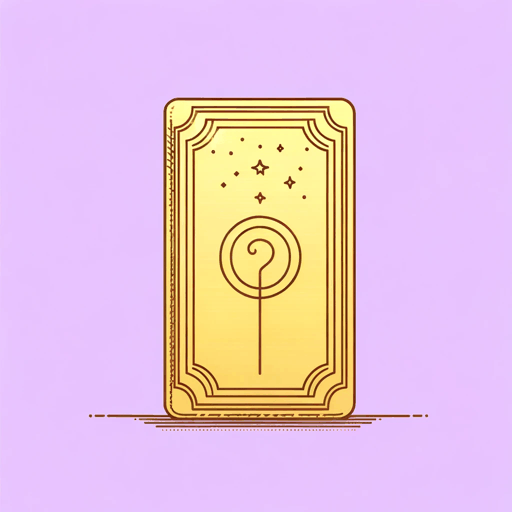
Charlie And The Chocolate Factory
Roald Dahl
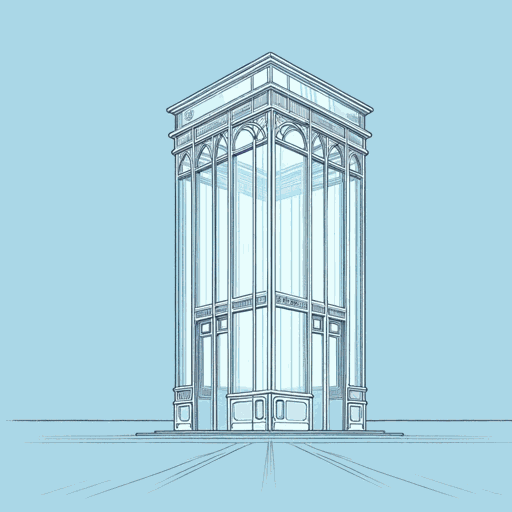
Charlie and the Great Glass Elevator
Roald Dahl
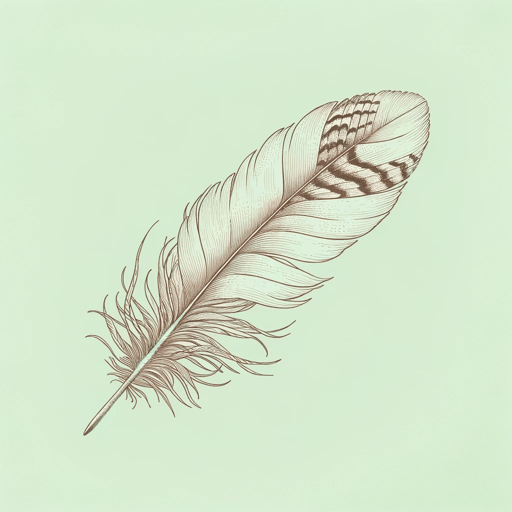
Danny, the Champion of the World
Roald Dahl
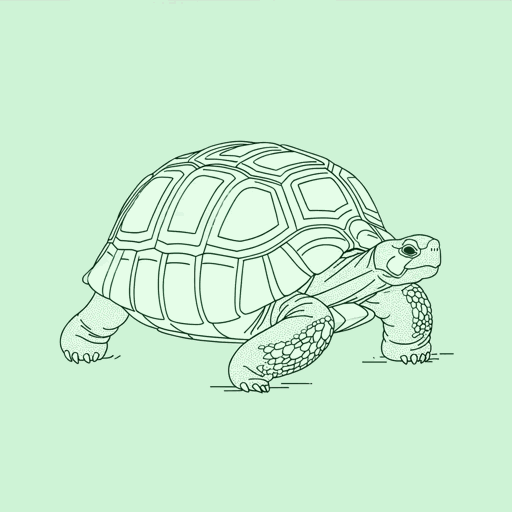
Esio Trot
Roald Dahl
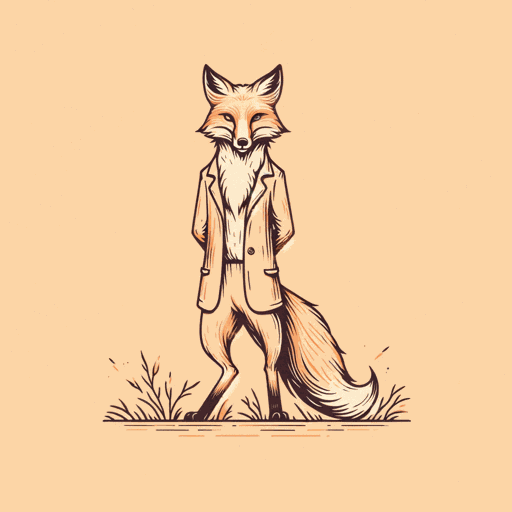
Fantastic Mr Fox
Roald Dahl
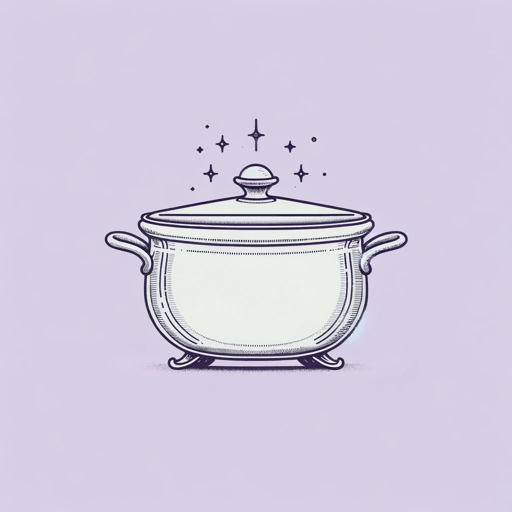
George's Marvelous Medicine
Roald Dahl
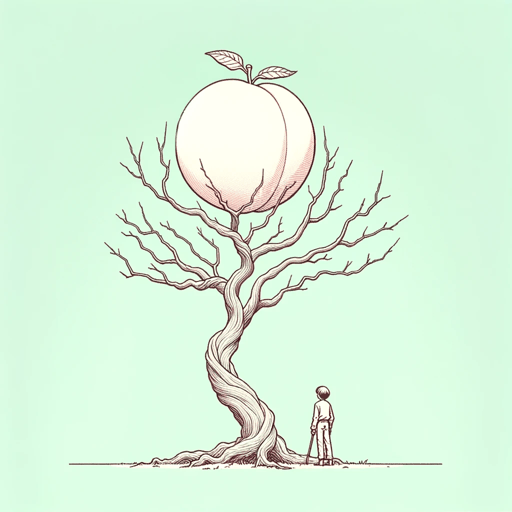
James And The Giant Peach
Roald Dahl
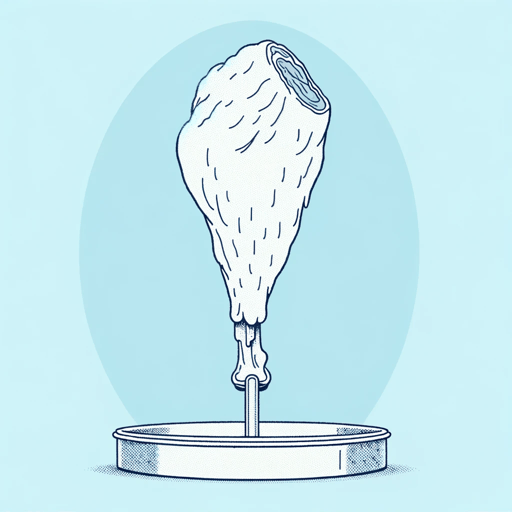
Lamb To The Slaughter
Roald Dahl

Matilda
Roald Dahl
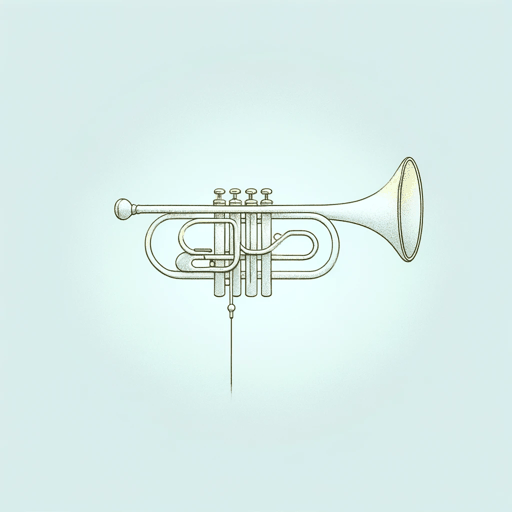
The BFG
Roald Dahl
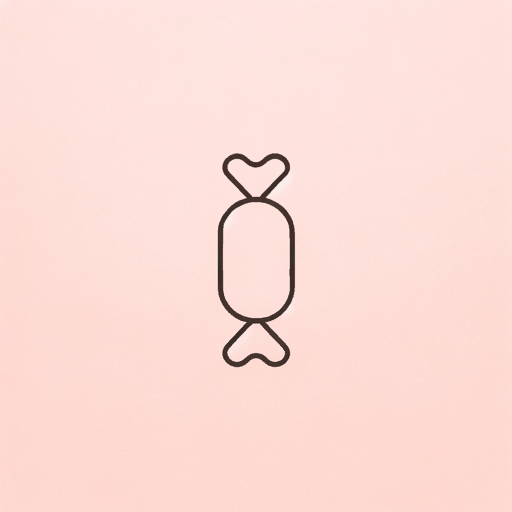
The Giraffe and the Pelly and Me
Roald Dahl, Illustr. Quentin Blake

The Landlady
Roald Dahl

The Magic Finger
Roald Dahl, Illustr. Quentin Blake
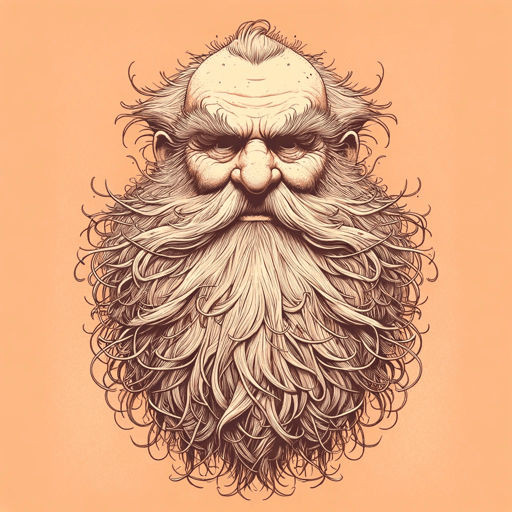
The Twits
Roald Dahl

The Way Up To Heaven
Roald Dahl
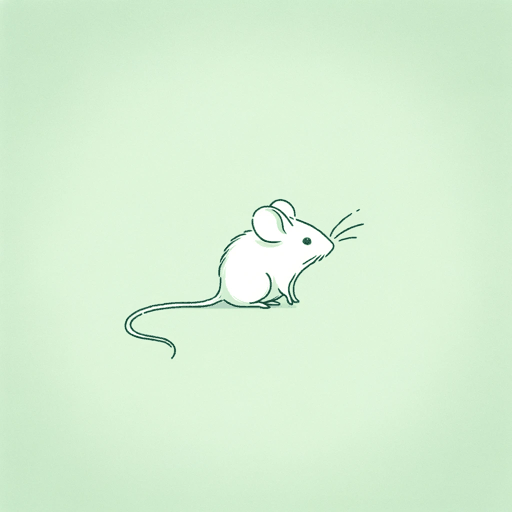
The Witches
Roald Dahl
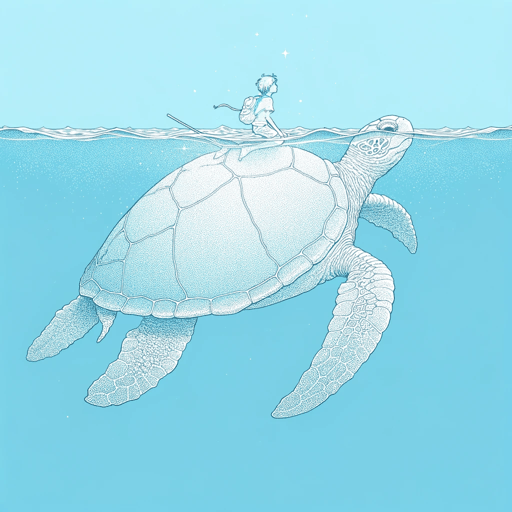
The Wonderful Story of Henry Sugar and Six More
Roald Dahl
